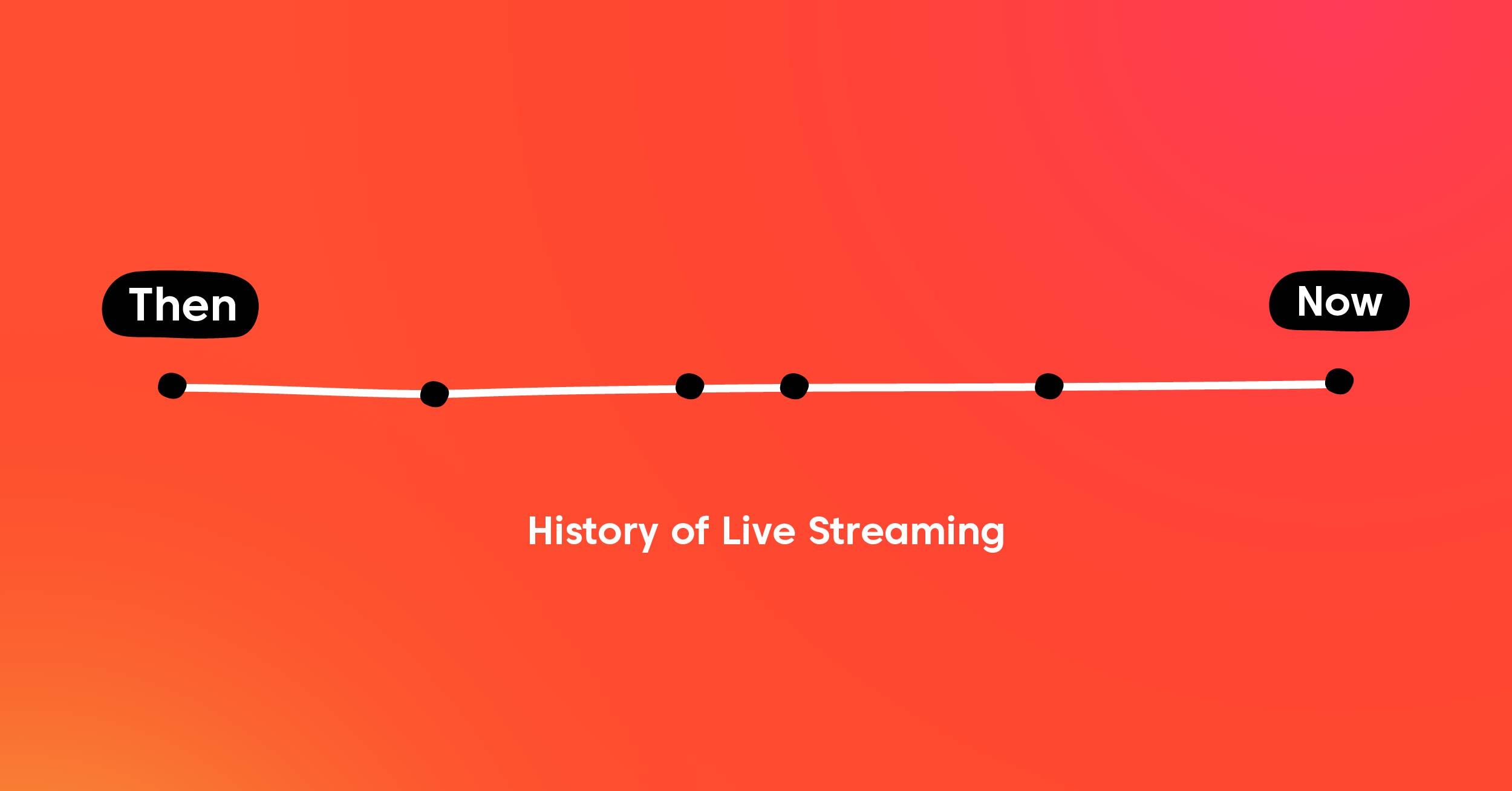The digital media industry is rapidly growing. In this industry, video streaming represents one of the most dynamic and fastest-growing sectors. One of the most advanced technologies in this field is CMAF streaming. It’s an innovative audio and video file format that enables efficient content delivery across multiple platforms.
This article will provide an overview of CMAF Streaming and discuss what it is and how it works.
What Is CMAF?
CMAF stands for Common Media Application Format. CMAF is a standardized format for delivering video and audio over the internet. It’s designed to reduce the need for multiple format versions across various devices and platforms. Moving Picture Experts Group (MPEG) developed it and enabled high-quality multimedia streaming over HTTP. It supports audio and video files in various formats, including MPEG-2 TS, HLS, DASH, and smooth streaming. The format also offers robust error resilience to ensure smooth playback when there are network issues. Furthermore, CMAF offers support for advanced features such as dynamic adaptive streaming over HTTP (DASH), low latency streaming, encryption, and secure delivery.
The emergence of CMAF has been driven by consumer demand for an easy way to access digital media on multiple devices. CMAF can stream content across devices quickly and reliably. Thus it has become the preferred choice for many content providers looking to deliver their videos over the Internet. As a result, CMAF is now widely recognized as one of the most effective ways to deliver digital media content online.
The Emergence of CMAF
The emergence of CMAF is a milestone in the streaming media landscape. It has signified a breaking away from traditional methods of content delivery. It represents a new streaming frontier as a beacon for what is possible. Adaptive bitrate streaming, HTTP-based streaming media, and Real Time Messaging Protocol (RTMP) are the three pillars upon which CMAF stands:
- Adaptive bitrate streaming allows video to be streamed with high quality and low latency;
- HTTP-based streaming media utilizes the existing web infrastructure to deliver video;
- RTMP provides secure real-time messaging for improved performance.
The combination of these core technologies creates an unprecedented level of flexibility for both content providers and viewers alike. By leveraging modern web technology, CMAF has raised the bar for what can be achieved with streaming media today.
Each day, its reach and impact grow wider and deeper in the industry, creating an ever-expanding framework of possibilities. This shift towards open standards has opened up pathways for innovation previously closed off to the public due to proprietary protocols or limited resources. As such, CMAF has become a cornerstone for future development within this space.
How CMAF Works
CMAF is a revolutionary advancement in the world of streaming. It has revolutionized HTTP live streaming, video delivery, and the standard streaming format. It takes a single video file and splits it into small chunks. These small segments can be streamed over the Internet. The chunks are then sent to the viewer’s device, which is reconstructed into the original video file. This process allows for smoother streaming, faster download speeds, and higher-quality visuals than ever before.
The whole concept of CMAF is based on Adaptive Bitrate Streaming (ABR). ABR dynamically adjusts the stream’s quality based on the user’s network connection. CMAF can adjust the chunk size and bitrate to ensure that viewers get an uninterrupted viewing experience regardless of their connection speed or device type. With CMAF, viewers no longer worry about buffering or poor-quality streams due to slow connections.
CMAF Specifications
CMAF streaming is the future of video streaming. Its specifications are key to unlocking the highest quality and lowest latency. It’s like a recipe for success. To ensure optimal video streaming, here are 4 CMAF specifications that need to be taken into account:
Common Media Application Format (CMAF):
CMAF is an industry-standard format for compressing audio and video data to improve the performance of a video stream. This helps reduce both file size and video latency.
Low Latency:
Video latency delays sending and receiving data during a live stream. CMAF enables low-latency streaming, allowing viewers to watch videos with minimal lag time.
Video Quality:
CMAF provides high-quality video streams by leveraging advanced compression technologies such as H.264/AVC and HEVC codecs. This ensures that videos are delivered with maximum clarity and resolution, making them look great on any device or platform.
Adaptive Bitrate Streaming:
Adaptive bitrate streaming allows viewers to receive a consistent quality throughout their viewing session by adjusting the stream’s bitrate depending on internet speed. With CMAF, this process is automated, so viewers don’t have to worry about changing settings or buffering issues mid-stream.
Considering these elements, creating an optimal viewing experience for any audience using CMAF streaming technology is possible – with no compromise on quality or latency. Moving forward, it’s clear that understanding how CMAF works is essential for delivering an unparalleled viewing experience for audiences worldwide.
Benefits of CMAF Streaming
CMAF (Common Media Application Format) streaming has become an increasingly popular method of delivering content to viewers. CMAF streaming has increased in the past few years because of its multiple benefits.
One key benefit of CMAF streaming is that it allows for live streaming with low latency. Traditional live-streaming formats often have high latency. But the latency in CMAF streaming is very low. It makes the CMAF ideal for providing real-time video experiences and engaging viewers more effectively.
In addition, CMAF supports a wide range of streaming formats, including RTMP, DASH, WebRTC and HLS. It allows for maximum compatibility between different types of devices and networks.
How CMAF Improves Video Streaming
The improvement of video streaming through CMAF has significantly benefited the industry. It’s an open-source format that allows for HTTP Dynamic Streaming of content. It provides media streaming services with better control over encoding and storage costs. Thus, it’s a more affordable way of delivering high-quality video streams worldwide faster than ever.
Furthermore, CMAF enables services like Netflix to deliver audio and video streams in multiple bitrates and resolutions on any platform without encoding them separately. It means less time spent encoding and more money saved in file storage costs. This improved efficiency has allowed media streaming services to transition smoothly into using CMAF technology. Thus, it results in further cost savings and increased scalability and reliability for their streaming solutions. This format has also enabled these services to offer more personalized experiences to their viewers while maintaining excellent video quality at competitive prices.
Adaption of CMAF in the Industry
CMAF has been gaining traction in the streaming media industry for a good reason. It’s a relatively new technology that allows users to watch video content without buffering or latency issues. Simply put, CMAF is a set of standards that helps media companies deliver content in multiple formats with low latency.
As such, the adaptation of CMAF has seen a steady rise in recent years. This is due to its ability to reduce latency while allowing broadcasters to stream video in multiple formats simultaneously. Moreover, CMAF gives video producers more control over their money-making content by enabling them to reach out to wider audiences through different devices and platforms with low latency. CMAF has significantly impacted the streaming industry, and this trend is here to stay.
How does CMAF Reduce Latency?
Ironically, CMAF (Common Media Application Format) aims to reduce latency. As video streaming is increasing in popularity, reducing latency is essential in efficiently delivering video online. Through chunked transfer encoding, CMAF provides a way to stream content faster while reducing buffering and providing high-quality streams.
CMAF works by dividing large media files into smaller segments or chunks. These segments can be delivered faster over the Internet. These chunks are then downloaded separately and stored in the user’s cache memory before being reassembled in the correct order for playback. This technique reduces data transmission time and ensures users have a smooth viewing experience with minimal buffering. This method also allows for dynamic bitrate streaming that speeds up streaming times.
Conclusion
CMAF is gradually becoming the preferred choice for streaming media. It offers a more robust streaming solution with better reliability and scalability than other formats. It also allows content creators to easily reach multiple platforms without producing multiple versions of the same content. Furthermore, it has features such as adaptive bitrate streaming and segmented streaming. Ultimately, CMAF is an effective solution for delivering high-quality media over the Internet while ensuring compatibility across multiple devices and platforms.







